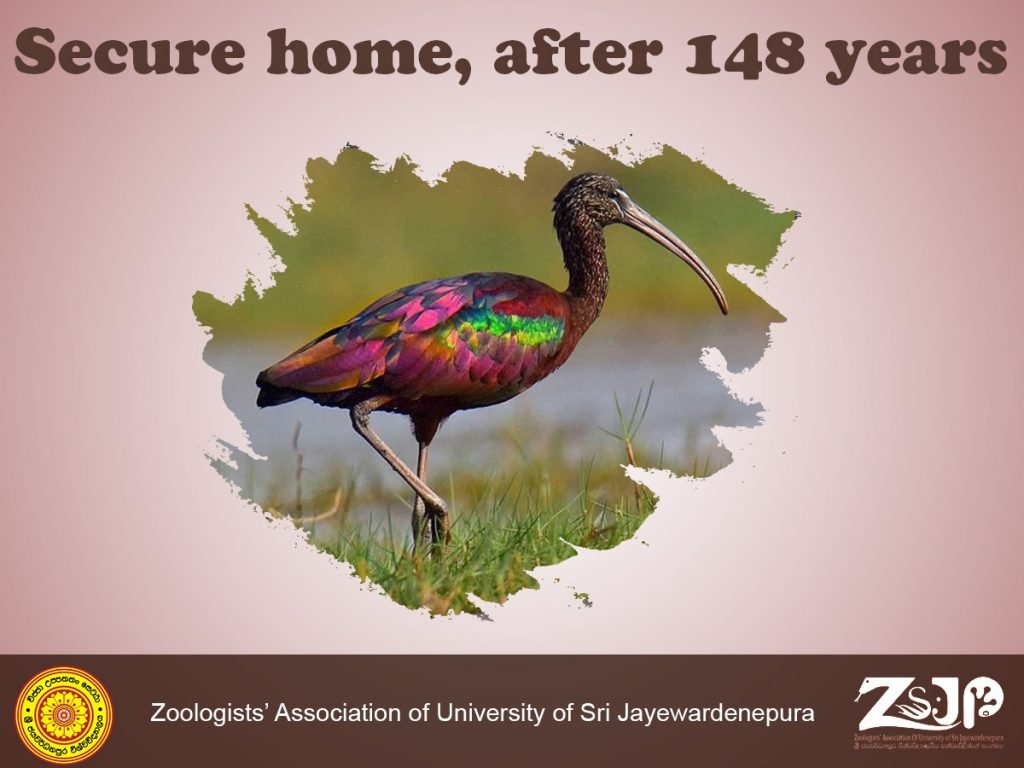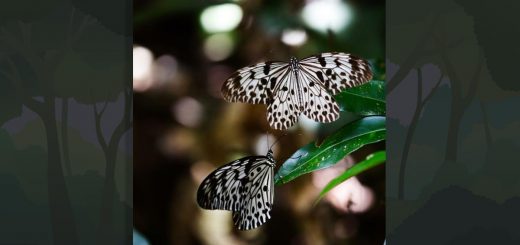Secure home, after 148 years
Article by –Hashini Gunarathne

It is an amazing and curious news for the zoologists that the breeding areas of glossy ibis has been found around Bundala National Park in May 2020.
The book named History of The Birds of Ceylon, written by Colonel W.Vincent Legge says that a breeding site of glossy ibis has last seen in 1872, near Uduwila wava, Thissamaharamaya. After 1872 the presence of glossy ibis was recorded in some areas in Sri Lanka, including Kalamatiya, Bundala, Nadimala wetland area, Bolgoda Lake, Attidiya and Ja-Ela. But no breeding sites were observed within last 50 years.
Glossy ibis, Plegadis falcinellus (දම් සිලුටු දෑතුඩුවා), is a rare migrant bird, which belongs to the ibis family Threskiornithidae. Breeding adults have a medium sized body with a maroon color plumage and metallic green and bronze colored wings. From distance the plumage appears dark in color. Non breeders and juveniles have more light colored bodies. Long legs is a comfortable gift of nature for its wading behavior. Also its long, curved beak is ideal for digging out aquatic insects, annelids, snails and mussels.
This is the most common ibis species which breeds in warm regions of Europe, Asia, Africa, Australia and the Atlantic and Caribbean regions of the America. It forages in quite close flocks through wetlands and wet agricultural fields. Their breeding season extends from March to July. Populations in temperate regions breed during the local spring while tropical populations breed during the rainy season. Usually their nesting occurs as mixed species colonies, among other species of ibis, heron, egret or spoonbill. When not nesting flocks of over 100 individuals occur on migration.
Further investigation is required to find out the reason for their new behavior pattern. Is it due to changes in climatic conditions, abundance of food resources or anything else?



